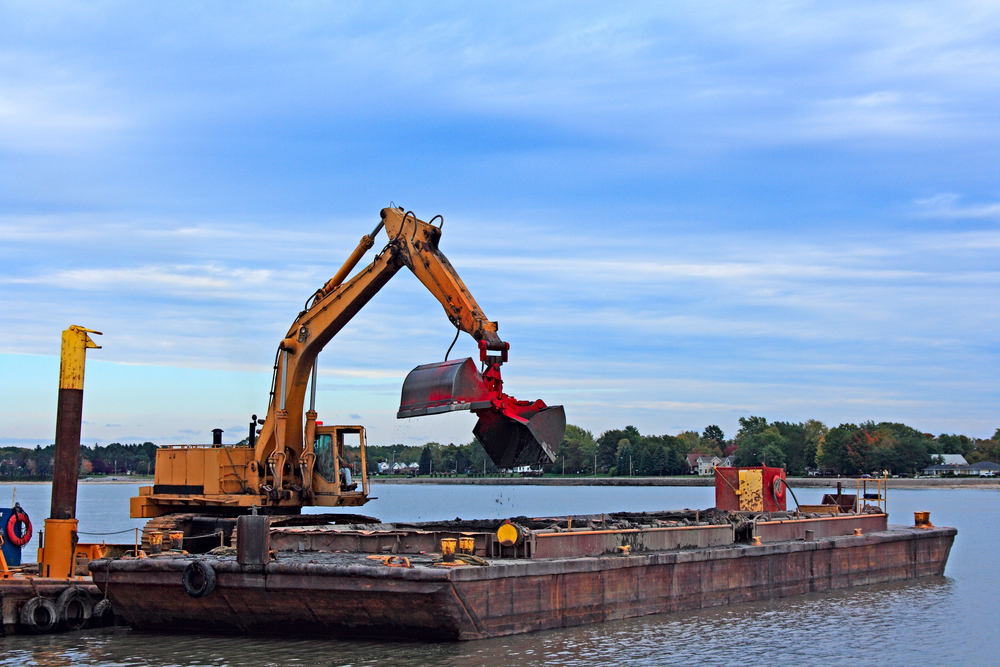Table of Contents
Barge construction techniques have rapidly evolved to meet the increasing demands of heavy marine projects such as offshore oil platforms, wind turbine transport, dredging operations, and infrastructure delivery. As cargo weights increase and project timelines tighten, traditional construction methods are being replaced by smarter, more modular, and more efficient approaches.
Modular Barge Building
Modular barge building has become central to contemporary barge construction techniques. Shipbuilders divide the barge into standardized modules, each fabricated independently and assembled onsite. This approach enhances both construction speed and logistical efficiency.
Modular barge building accelerates project timelines by allowing multiple sections to be built in parallel. It also enables greater flexibility, as modules can be customized, scaled, or replaced depending on operational needs. Transport becomes more manageable since smaller sections can be shipped overland and assembled at remote or inland construction sites.
| Feature | Modular Barges | Traditional Barges |
|---|---|---|
| Construction Speed | Faster (parallel fabrication) | Slower (sequential) |
| Site Flexibility | High (assembled on site) | Limited (requires drydock) |
| Repair & Replacement | Easy (replace individual units) | Difficult (single structure) |
| Cost Efficiency | Higher for large projects | Higher for small-scale usage |
A major infrastructure project along the Mississippi River utilized modular barge units that were trucked to the riverside and assembled locally. This approach helped reduce delays by nearly 40 percent compared to traditional full-hull fabrication and transport.
Welding Automation
Welding remains fundamental to all barge fabrication methods. However, as heavy lift barges must withstand enormous loads and dynamic marine conditions, automation is increasingly being adopted to ensure precision and consistency.
Automated welding enhances weld quality and reduces human error. Fatigue, inconsistency, and delays—often present in manual processes—are minimized. Automation also improves productivity, reduces rework, and increases the reliability of critical structural components.
A variety of welding technologies are used in automated systems, including Gas Metal Arc Welding (GMAW), Submerged Arc Welding (SAW), and laser-guided seam tracking. These systems can be programmed for specific angles, speeds, and depths, making them ideal for large-scale barge construction where long seams and repeatable precision are required.
Composite Hull Integration
While traditional steel hulls remain the industry standard for barge construction, composite materials are increasingly being used for selective integration. Composite hulls, using materials such as fiber-reinforced polymers (FRPs) and carbon fiber laminates, reduce vessel weight and enhance durability.
These materials are particularly valuable in saltwater environments where corrosion is a persistent threat. In non-load-bearing sections, such as topside panels or internal bulkheads, composites lower overall vessel mass, which in turn improves fuel efficiency and handling.
| Material | Weight (kg/m³) | Corrosion Resistance | Marine Use Case |
| Mild Steel | ~7850 | Low | Primary hulls |
| FRP Composite | ~2000 | High | Decks, bulkheads |
| Aluminum Alloy | ~2700 | Medium | Lighter vessel hulls |
| Carbon Fiber Composite | ~1600 | High | Ramps, modular interfaces |
The use of composites is not aimed at replacing steel altogether but optimizing the hull structure by balancing strength, weight, and corrosion resistance. This hybrid strategy has become particularly popular for survey barges and support pontoons.

Modern barge construction techniques include high-strength steel hulls and modular framing systems. Heavy lift barges like this are commonly used in dredging, energy transport, and pile installation.
Digital Fabrication and 3D Hull Modeling
Digital design and simulation play an increasingly important role in modern barge construction. Computer-aided design (CAD) tools, 3D hull modeling, and Finite Element Analysis (FEA) ensure that fabrication is not only efficient but also structurally sound.
Engineers begin with a 3D model of the barge, using software platforms such as AutoCAD or Rhino. These models undergo rigorous stress testing through FEA to predict performance under real-world conditions. Once validated, the model generates fabrication blueprints and CNC-ready cutsheets. These precision templates ensure accurate assembly and minimize material waste.
In large-scale projects, assembly sequence modeling is also performed. This ensures that the modular barge segments can be built and joined in the most time-efficient order, reducing turnaround time in drydock or at the construction site.
Application-Based Barge Fabrication Methods
The fabrication method selected for a barge is fundamentally driven by its intended operational role, as structural design and reinforcement must align with functional demands. Deck barges are engineered with heavy-duty reinforced plating across expansive flat surfaces to accommodate mobile equipment, containers, and construction platforms. These barges prioritize load distribution, tie-down points, and deck stiffness to prevent flex under heavy concentrated weights.
Hopper barges, typically used for dredging operations, are designed with inward-sloping sides and open top compartments that allow for efficient loading and unloading of sediment, aggregates, or spoil materials. Their fabrication involves careful attention to structural drainage, compartmentalization, and corrosion-resistant coatings to handle abrasive materials.
Spud barges feature integrated vertical wells designed to receive steel spuds that anchor the vessel in place during drilling, pile driving, or marine crane operations. These require heavy reinforcement around the spud well and supporting frames, as the spuds can transmit significant vertical forces during anchoring.
Crane barges are constructed with highly localized reinforcement in the central deck or along specific mounting zones where cranes and winches are installed. These zones must absorb both static weight and dynamic operational loads, often requiring finite element analysis during design to manage deflection, vibration, and torsion.
Heavy lift barges represent the most advanced barge construction applications. These vessels are engineered to support weights exceeding 10,000 metric tons and rely on deeply integrated longitudinal girders, high-tensile steel plates, and custom-fabricated ballast compartments. Their fabrication requires exacting tolerance in steel cutting, modular assembly with synchronized joining techniques, and active ballasting systems to compensate for shifting weight during loading and marine transport. Each unit typically undergoes extensive simulation modeling and full-scale stress testing before deployment.
Environmental and Regulatory Considerations
Environmental compliance has become a cornerstone of modern barge construction, shaped by international pressure to minimize ecological impact across all stages of vessel design, fabrication, and operation. Marine vessels must now meet increasingly rigorous regulatory frameworks, including MARPOL Annex VI for emission control, the Ballast Water Management Convention for invasive species prevention, and numerous national and regional environmental guidelines.
In response, shipyards are integrating sustainable materials and energy systems throughout the construction process. Recycled steel is used in hull plates and structural girders to reduce the carbon footprint of raw material sourcing. Hybrid energy systems, including solar-powered auxiliary equipment and lithium-ion battery banks, are being introduced to minimize reliance on diesel generators during standby and docking phases.
Barges are also being fitted with high-efficiency LED lighting, smart load management systems, and automated shutdown features to reduce idle-time emissions. The application of non-toxic, low-VOC coatings protects hulls while limiting the release of harmful compounds into marine ecosystems. Additionally, many barge builders now include closed-loop or zero-discharge ballast water treatment systems that prevent biological contamination and comply with international standards.
Construction yards that specialize in green barge fabrication often undergo third-party environmental audits and obtain ISO 14001 certification to validate their compliance. These practices not only ensure regulatory approval but also help marine contractors secure public trust and meet stakeholder demands for sustainable infrastructure.
As demands grow for more capable marine infrastructure, adopting these techniques is essential for success. Project planners and engineers who understand and implement these methods will be better positioned to deliver high-performance barges on time and within budget.




